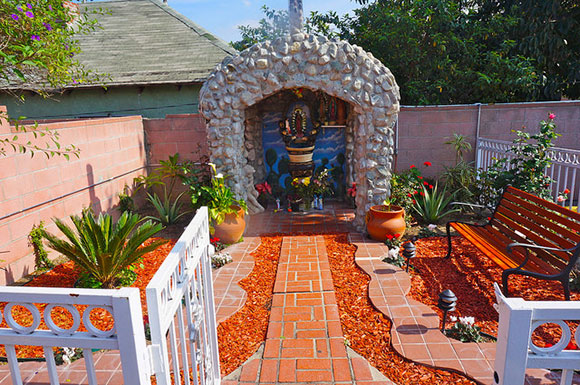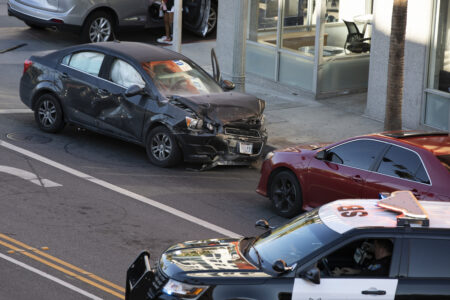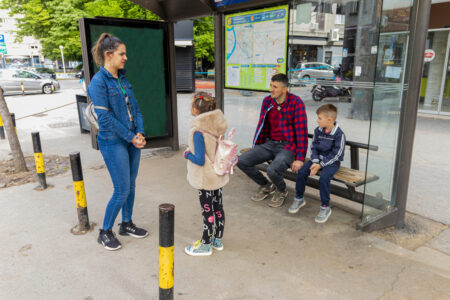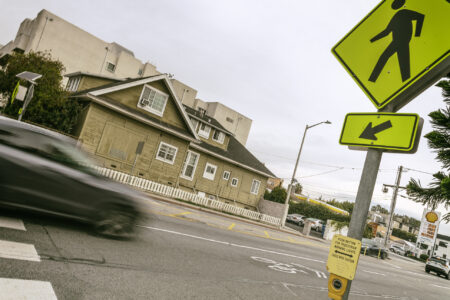
Share On Social!
Latinos in the U.S. are more likely to not have a vehicle than their white peers, and Latinos in urban areas are more likely to rely on public transit.
This is great for the environment and physical health. It’s also a great way to save money.
But many cities are car-centric.
They lack safe alternatives to driving─ frequent transit, bike lanes, walkable neighborhoods─making it harder and more dangerous for Latinos to get to work, school, and other places.
That is why Vision Zero Network is conducting a webinar, “Understanding and Addressing Transportation Equity in Latino Communities in the U.S.,” at 4 p.m. ET Nov. 18, 2020, to share transportation equity solutions from Salud America!’s recent Latino-focused transportation reports.
About the Webinar on Transportation Equity
Here are the details:
- Date: Wednesday, Nov. 18, 2020
- Time: 4-5 p.m. ET (1-2 p.m. PT)
- Host: Vision Zero Network
- Speakers: Amanda Merck, Salud America! at UT Health San Antonio; James Rojas, Place It!
The webinar will highlight Salud America! reports, “How to Address Transportation Equity for Latino Communities” and “Innovations in Transportation Equity for Latino Communities,” the result of a year-long workgroup of transportation planners and scholars.
The reports recommend that local leaders ensure transportation planning and design practices are inclusive of Latino needs, representative of existing inequities, and responsibly evaluated/measured.
About the Webinar Speakers on Transportation Equity
Merck will speak about the Salud America! reports and their recommendations.
Rojas, a noted Latino urbanist and founder of Place It!, a design- and participation-based urban planning practice, participated in Salud America!’s year-long workgroup.
He will explore his work to connect Latinos’ memories and sensory and emotional experiences to land use and the design and construction of infrastructure.
“Our core human values should shape infrastructure, not the other way around,” Rojas said.
Rojas also works to engage Latino youth in thinking about the built environment and their ideal cities.
“I tell the students that the way Latinos use space and create community is not based on conforming to modern, land-use standards or the commodification of land,” Rojas said. “The regulatory process of exclusivity, control, and a veneer of perfection do not bog them down. Rather our deep indigenous roots connect spiritually, historically, and physically to the land, nature, and each other. The treads are found in everyday routines in our Latino communities.”
To learn more, register for the webinar.
The workgroup and two reports were made possible through the Voices for Healthy Kids, a joint initiative of the American Heart Association and Robert Wood Johnson Foundation.
Explore More:
Transportation & MobilityBy The Numbers
27
percent
of Latinos rely on public transit (compared to 14% of whites).



